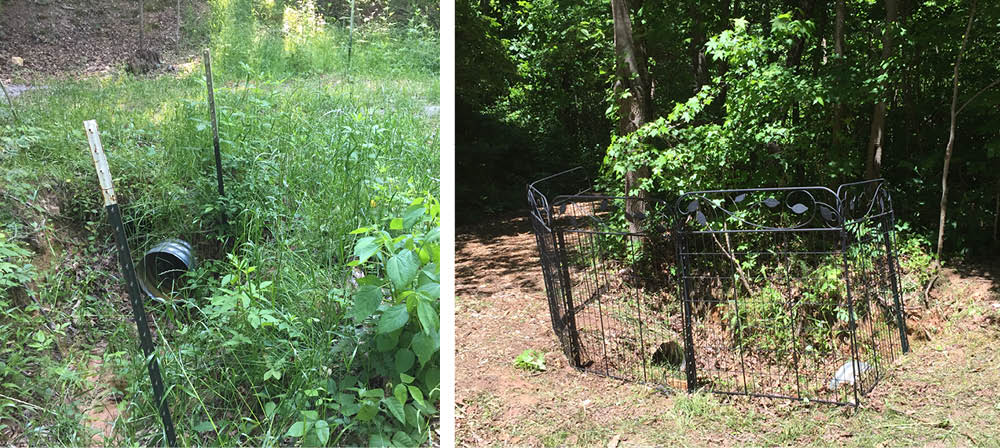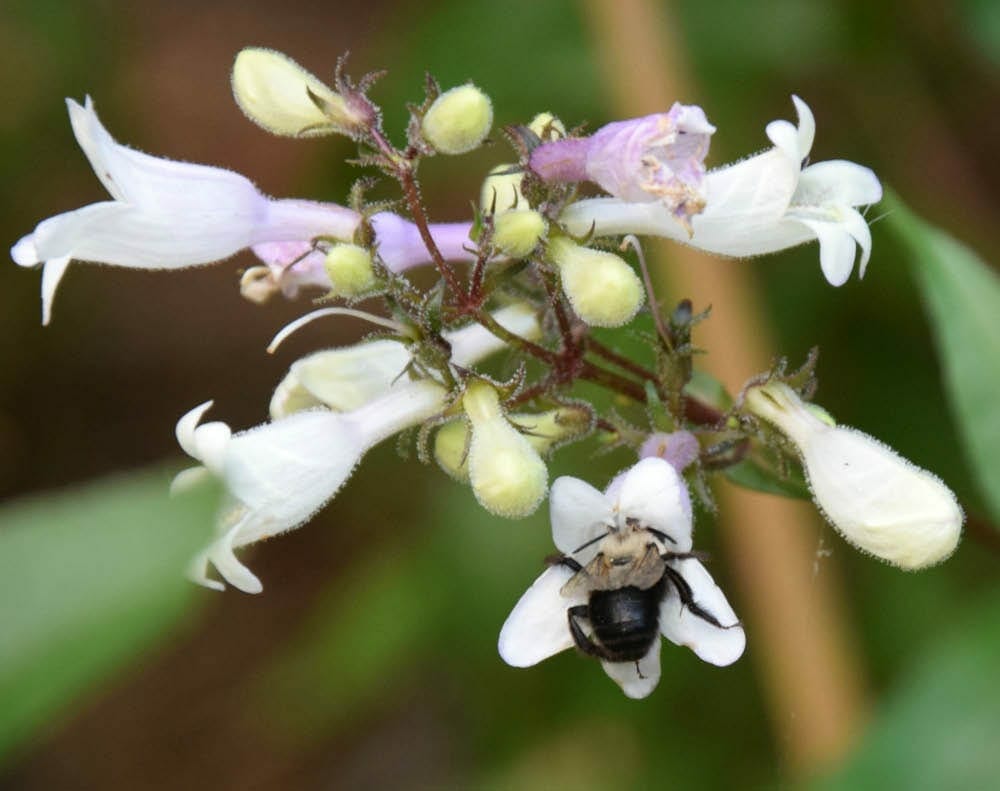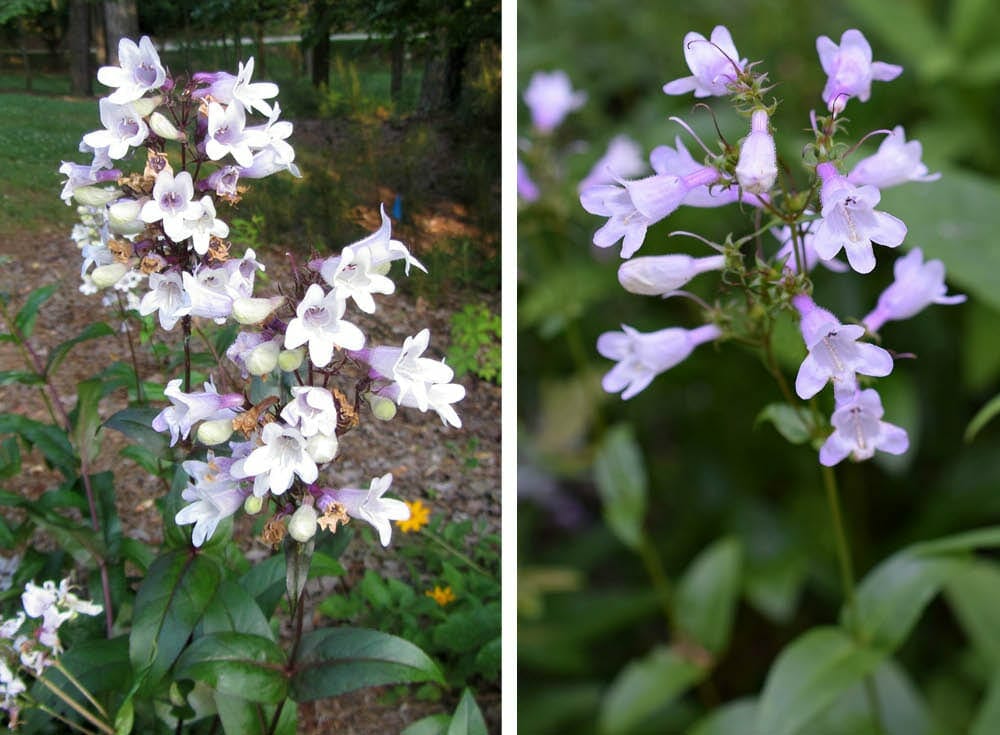|
From the State Board
It's been another good month to stay at home and to catch up on taking care of the native plants in our yards, not to mention eliminating the invasive plants that compete for resources while not doing nearly as well at supporting wildlife, including pollinators. It's also been another good month to learn from books and online resources, and GNPS would like to contribute by beginning to release videos from our 2019 GNPS Symposium. This month, we are proud to make these two talks available:
Again, these are from March 2, 2019 at last year's symposium. We did not videotape the 2020 symposium, but we have jiust begun to talk with interested members about ramping up our ability to create more in-house videos. Watch for two more talks from the 2019 Symposium, as well as more new future content, including virtual garden tours and propagation workshops.
And as always, if you have questions or would like to reach us about other matters, send email to board@gnps.org.
Top photo: Swamp azalea (Rhododendron viscosum), a native azalea blooming in late spring and early summer.
Chapter News: West Georgia

The makeshift plywood bridge over the dry creek bed (left) was replaced with a new bridge, complete with handrails.
Carol Hight
Despite the shutdown of so much of our daily comings and goings, the West Georgia Chapter has had a lot going on this spring. After doing a survey of the trails at Buffalo Creek, we prioritized projects that needed to be completed to make the trail safer and more attractive. Our area of focus this year is the development of a trail for display of native azaleas. Forty new azaleas were planted by Frank Bennett, Diane Rooks, and Carol Hight in March. These are an addition to the numerous ones we planted a few years ago.
Last year, our county workers replaced pipes that funneled water under the trail to a drainage ditch. The repairs they made left two deep holes, one on each side of the entrance to the Azalea Walk we are developing. Walkers taking the main trail could easily have stepped off in one of these holes and been injured. Our solution was to install fence panels around each hole which will later have native plants in front of the panels.

Unsafe wooden steps have been replaced with sturdy stone ones and a side railing.
Another issue of concern was the condition of the old wooden steps that led up to the Azalea Walk. Some steps were tipping forward and becoming dangerous. It took a while, but we have replaced them with large stone steps. Once the steps were in place, we hired a metal artist to make a railing for the steps. The new railing makes it much safer to get up to the top of the hill to enjoy the azaleas, as well as being very well designed to fit into the nature trail.
Finally, we had an old bridge that had fallen in, and someone had tossed a piece of plywood over the dry creek bed. A rusted drain pipe extended beyond the plywood, so anyone who fell was in danger of being cut by the pipe. When we discovered this, we immediately went into action to write a grant to Carroll EMC for funds to purchase materials to build a new bridge — one that is wide enough for two people to cross simultaneously with a handrail for extra safety. Our carpenter built the bridge in three days, adding fence paneling to the rails so that it is safe for walkers and joggers on the trail.
We picked up plants from the Stone Mountain Propagation Project and have been planting these, a few at a time, along the trail. Volunteers are still going to the trail to pull weeds, but are practicing social distancing.
Many of our visitors are there for birding, and we now have a volunteer who walks the trails and sends us a list of birds he sighted. On his first visit, he identified 21 different kinds of birds, including a barred owl, three different woodpeckers, warblers, bluebirds and a swallow. He was so excited about what we are doing to attract birds, that he wants to be a regular contributor of bird sightings on the trails. Our site contains several different habitats for the birds including deep woods, marshy areas and meadowland. We are applying for an Audubon Society grant that will allow us to continue developing these areas along the trail to include plants to provide food and nesting areas.

Dangerous holes near the new Azalea Walk have been enclosed with fence panels that will be a backdrop for new plantings.
During the Fall and Winter of 2020, the Chapter under the leadership of Carol Hight presented a program on Seed Propagation which was scheduled to run for four sessions. The third session in January was a highlight with a presentation by the award-winning Elaine Nash. The workshops were well received but unfortunately, the last session for Spring 2020 was cancelled and materials were distributed by email.
In March, Mark Warren, owner of Medicine Bow Wilderness School in Dahlonega, Georgia spoke on Using Native Plants and Trees in the Way of the Early Cherokee and Muscogee Tribes. He was well received by an audience of over 100 attendees. He also invited members of the chapter to attend a Walk and Talk on his property in May. While it did not occur this spring, the Walk and Talk has been rescheduled for Spring 2021. It will be a very exciting event! Our thanks to Mark and his wife, Susan Brown for the invitation.
Plant Spotlight: What’s a Georgia Native?
Ellen Honeycutt

I’m gearing up to write an article about beardtongues (Penstemon sp.) for my blog and that usually entails some research about the plants I’m mentioning. One type of research that I do is to check the natural range of the plant. I use the USDA Plants Database site as well as the Biota of North America Program (BONAP) site; both of those offer county level information. And if I’m really unsure after checking those, I check the range maps in Weakley’s Flora (also available in the recent Wildflowers of the Atlantic Southeast book).
When I was researching foxglove beardtongue (Penstemon digitalis), I realized that—as popular as it is in Georgia gardens, including mine—the species does not have county records for native presence. I have an earlier blog that explains how to find the county level data in USDA, so if you’re not familiar with how to do it, check that explanation out here. There are 10 species of Penstemon shown for Georgia; USDA shades Georgia green to indicate that P. digitalis, P. calycosus, and P. laxiflorus might be found here; 7 other species have confirmed records (per USDA).
When we’re choosing plants to put in our Georgia gardens, it’s helpful to know what you’re getting: is it a Georgia native or not? We might choose to use it anyway. Foxglove beardtongue is a southeastern US native and certainly has plenty of relatives here so the likelihood that native insects use and benefit from it is strong. The Xerces Society rates Penstemon in general as a strong support plant for pollinators. In this late spring season, P. digitalis starts blooming in my garden just as P. smallii is finishing, providing a continuation of floral resources for native bumblebees.
When you’re choosing plants for your Georgia garden, consider researching whether they really are a Georgia native (not to mention are they native to your Georgia region, a topic for another issue!). With answers in hand, you can make an informed decision on using it.
[The opinion on preferred use of only species native to Georgia is the author’s own. There is ongoing debate about the merits of using species from adjoining regions under certain circumstances.]

Left: Penstemon digitalis, with natural burgundy-colored variation often called 'Husker Red.' Right: Penstemon digitalis, original species color.
|